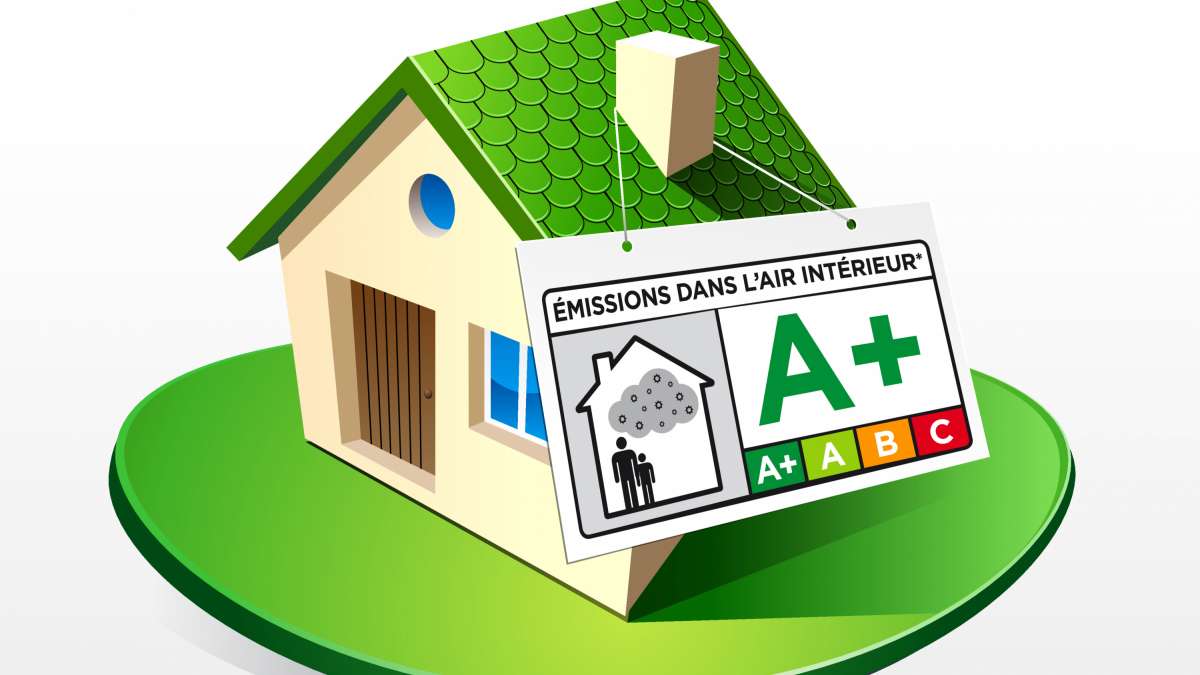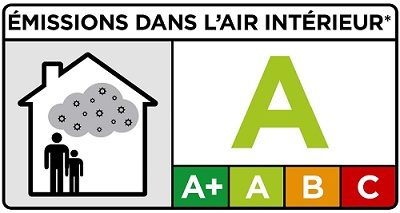
Cerema and the “Les Techniques de l’Ingénieur” magazine signed an agreement to publish a technical article giving details of the regulations concerning indoor air quality.
This article by Cécile Caudron, in charge of the subject of Characterisation and Optimisation of Indoor Environments at Cerema, was published in January 2021 by the “Les Techniques de l'Ingénieur” magazine. It is the first part of a two-part dossier. It is an updated version of the article entitled "Qualité de l’air intérieur des locaux de travail et autres lieux de vie : cadre réglementaire national" (Indoor air quality in work premises and other living environments: national regulatory framework) written by Laurence Prat and published in 2012.
Indoor air quality, a public health issue

Indoor air quality is an increasing concern for government bodies, and also for contracting authorities and public and private sector managers of a building or group of buildings. In Western societies, we spend roughly 80% of our time in enclosed environments such as our housing, our work or education / early learning spaces and means of transport.
Poor indoor air quality can engender various disorders, such as olfactory discomfort, irritations, allergies, or even much more serious pathologies. Taking action to improve indoor air quality must no longer be considered a luxury. It must become normal behaviour, just as rational use of energy is today.
Research has shown that indoor pollution is often worse than outdoor pollution, due in particular to the fact that certain substances are only present indoors, where confinement and concentration reinforce their impacts. Since the volumes of indoor spaces are much smaller than those outdoors, concentrations increase much more rapidly.
This technical article is for anybody working in the public or private sector who is responsible for designing or managing one or more buildings (contracting authority, main contractor, building manager, building engineer or technician, architect), and would like to know in detail about the regulatory context and tools relating to indoor air quality.
It is divided into two main sections.
1. Origins and overview of indoor air quality regulations
The first section distributed on 10 January 2021 goes back to the origins of indoor air quality policy in France, which began at the end of the 1990s. It then gives a quick definition of the indoor air quality concept, describes the work conducted on the subject and then gives details of the main indoor air pollutants (those originating from outdoors and those that originate from indoors), their sources and their health impacts.
The article underlines three elements concerning air indoor quality:
The concepts of indoor air quality and outdoor air quality are closely linked due to air transfers and transport.
Indoor air pollution is specific, and its concentrations are often greater than in outdoor air, since pollutants are more diluted outdoors.
Although the impact of citizens’ actions to improve outdoor air quality is limited, occupants can play a vital role to improve it through their behaviour.
The article then gives details of the regulatory tools currently existing concerning indoor air quality (national environmental health plans, regulations for monitoring of indoor air quality in certain public buildings, constructional ventilation features, labels, monitoring and assessment of exposure to radon, etc.).
"The effects of air pollution manifest themselves on a planetary scale, in our urban and industrial environments, and also in the indoor air we breathe, in our dwellings, workplaces, schools, etc. These effects may just be inconvenient, but they can also lead to development of pathologies such as occupational diseases caused by asbestos, or respiratory allergies. In workplaces, rules for ventilation and airing must be followed. In other living environments, regulations have not yet been fully developed. In this context, the authorities have carried out several investigations, particularly an inventory of substances and situations that affect indoor air quality in private spaces". (excerpt from the article).
2. Regulations specific to workplaces
The second section, which will be distributed in the next few weeks, is an update of an article published by Laurence Prat – a legal expert, in January 2012. This section deals first of all with measures relating to airing and thermal environments in workplaces, in terms of obligations for both the contracting authority and the employer. In particular it examines the concept of a threshold limit value (TLV) at the place of work.
Then various specific cases are explored, such as the ban on smoking in the workplace, prevention of exposure to certain hazardous chemicals, biological substances, asbestos and also radon.
At the end of the article there is a list of regulation references.


